We’ve all encountered baijiu somewhere – perhaps toasting at a wedding banquet, sealing a new business deal, or greeting the sunrise with the lads outside of a 7-Eleven. But with China becoming increasingly international, the question remains whether the Middle Kingdom’s national liquor will find global recognition or fade into obscurity. Big baijiu is placing its bets on where and how to stay relevant in a rapidly changing market.
Despite seeing massive growth in recent years, the baijiu industry is at a crossroads. Baijiu’s major consumer group is over 60 years old, while the younger generation of Chinese drinkers has shown less affection to the spirit – viewing it as their father’s or grandfather’s drink of choice. Below, we learn how baijiu’s modernity can put it on the world map.
Top-heavy Drinkers
It’s a Tuesday night, and we find ourselves on the third floor of Guangzhou’s new 90s-style F&B mecca Super Wenheyou. The restaurant slash bar arena is probably best described as a night market with boozy characteristics.
It’s here that we step into Sanyou, a baijiu-focused watering hole with brick walls, black tiles, rich wood and a red lacquered cabinet that gives it a distinct stamp of China.
At the helm of the brooding barroom is Head Bartender and Manager Jackwing Yao – the person who all the baijiu enthusiasts and experts have told us we need to see.
She’s recently returned to Guangdong’s capital from a baijiu cocktail event at the W Hotel Chengdu. A modern cocktail-ready brand of baijiu, Banhai, or ‘Half Seas Over,’ flew her out as the ‘startender’ for the party. Artisanal cocktails are just one way that the baijiu industry is reinventing itself for the next generation of drinkers.
We give Sanyou’s baijiu negroni a try, served in a heavy iron teapot with fresh citrus and herb garnishes blooming out of the top. It’s made with dongjiu, a Guizhou medicinal baijiu sealed in a clay pot for 10 years with 130 traditional Chinese medicine (TCM) botanicals.
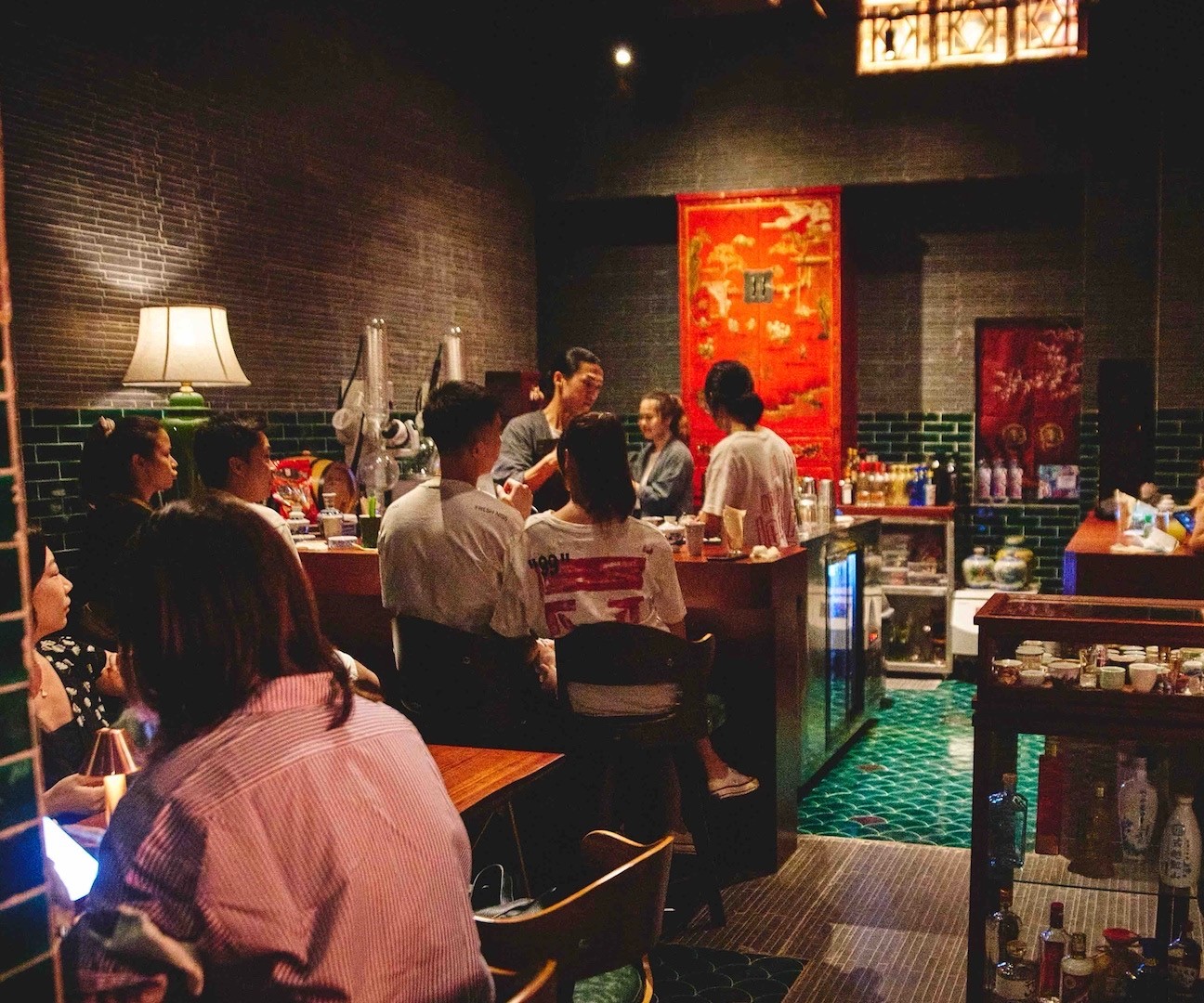 The bar at Sanyou. Image via Hope Group
The bar at Sanyou. Image via Hope Group
Poured over a monstrous ice cube, the fresh, floral and herbaceous layers are soothing yet explosive. The cocktail is world-class, and we understand immediately why a baijiu bar like Sanyou is inspiring the game.
Baijiu is the most widely produced spirit in the world, but beyond the borders of China, it is either completely unknown or painfully misunderstood. Outside China, the world’s most valuable alcohol conglomerates (AB InBev, Diageo, Pernod Ricard and Constellation) have a combined value of USD296 billion as of March 2021. However, Forbes reported that China’s two top distillers, Kweichow Moutai and Wuliangye, had surged in value to an astonishing USD517.2 billion.
READ MORE:
Baijiu has a deeply rooted cultural significance, for example at government banquets, since becoming China’s national drink in 1949. In 1972, Chairman Mao served baijiu to Richard Nixon to mark the first time a US president visited the PRC.
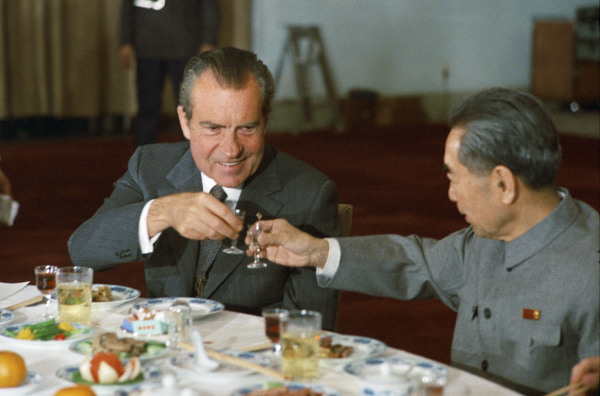
Former US President Richard Nixon and Chinese Premier Zhou Enlai knocking back a couple of shots of baijiu. Image via @newalbanian/Twitter
Drinking baijiu in professional settings requires a deep understanding of the ‘toasting’ ritual, where the most senior or distinguished guests drink first, with the undersized goblets drank in a descending hierarchy.
An even more classical gesture is to lower one’s glass and face below that of your superior, or the recipient of the toast, as a show of respect.
Research shows that Chinese consumers in the 20- to 35-year-old category are most likely to buy imported wine and liquor. Yao tells us, “Many young people don’t like baijiu because it’s very strong and hard to drink. There are many different light-aroma and rice-aroma baijiu that are easy to drink, but young people don’t know. They only know Moutai, Luzhou Laojiao and things like that.”
In response, major baijiu brands are branching out and changing the recipe to attract younger customers in China. The industry is also making inroads into the global market; converting one bartender at a time.
Baijiu Beginnings
Introducing baijiu to the rest of the world is not going to be easy. The clear spirit is preceded by sweeping assumptions and misguided monikers like ‘liquid razor blades’ or ‘rice wine.’ Baijiu is not wine but rather a meticulously crafted alcohol extracted from the dry or semi-dry fermentation of grains. Also, most baijiu contains no rice at all, as this represents but one specific subcategory, of which there are at least a dozen.
The main four categories, aptly dubbed ‘aromas,’ are strong aroma, light aroma, sauce aroma and rice aroma. Most baijiu is made from sorghum, a grain that could be easily mistaken for quinoa.
One of the defining characteristics of Chinese alcohol is qu, which refers to the agent of fermentation.
Recipes for qu are closely guarded and vary wildly, but can be lumped into big qu and small qu. Big qu is a large brick of moist grain paste that is aged for months to develop a colony of bacteria, fungus and other microorganisms.
Small qu is a paste of ground rice formed into small balls and coated in previously fermented small qu for use as a fermenting agent about five days later.
The invention of qu is at least a thousand years old, but China’s tale of alcohol goes back much, much further.
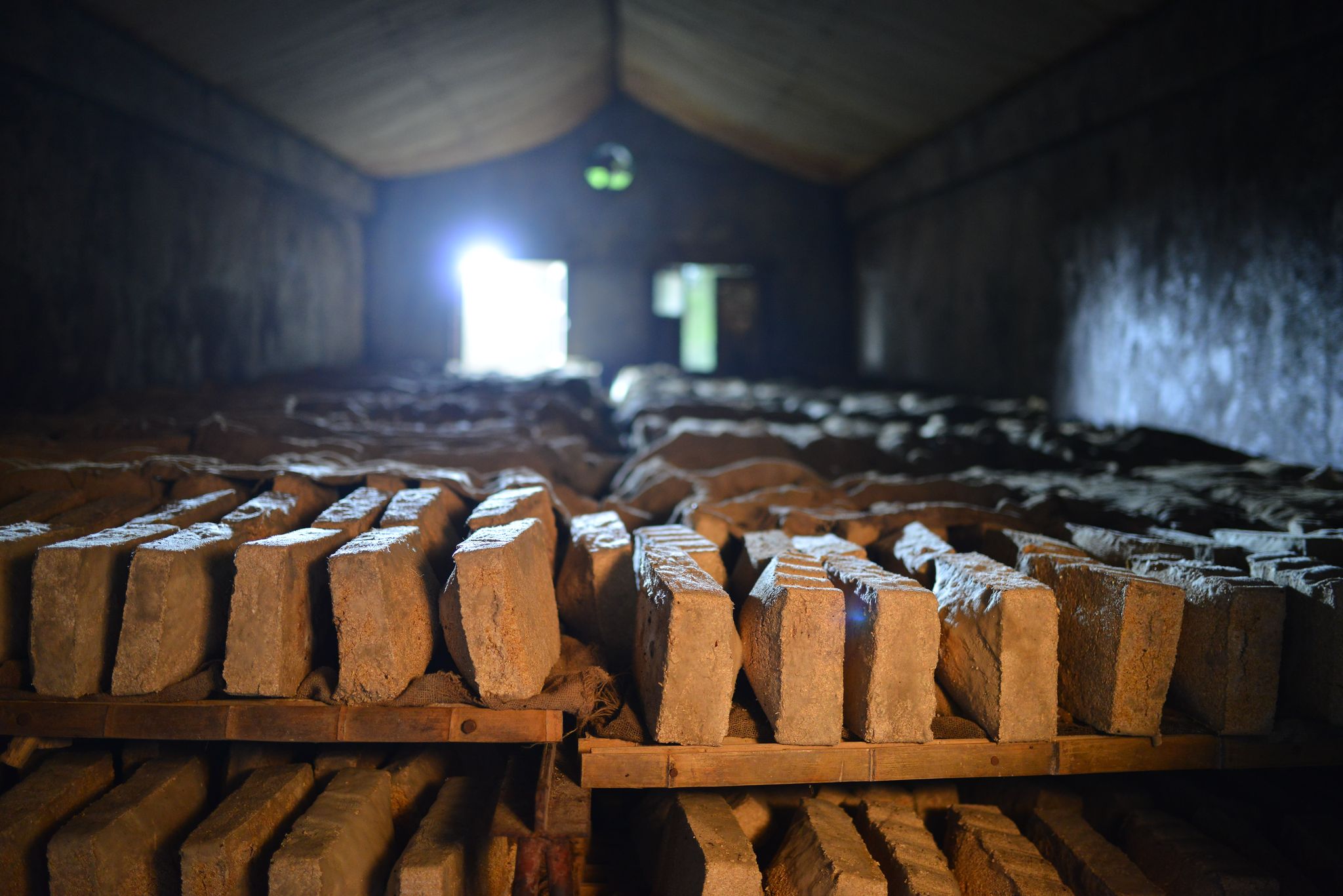
Bricks of big qu being aged for bacterial colonization. Image via Ming River Baijiu
In the early 2000s, archeochemists from the University of Pennsylvania were analyzing samples from a neolithic village, Jiahu, along the Yellow River in Northern China’s Henan province. Chemical analyses of ancient pottery revealed that the Jiahu villagers were busy making rice, fruit and honey wine a whopping 9,000 years ago.
The proof is provided, but the recorded historical origins of alcohol in China are hazy, as are most stories involving booze. Some researchers cite historical documents, which attribute one of the original methods to Yi Di, the wife of King Yu, around 2100 BCE.
According to Herbert Allen Giles, a British sinologist and diplomat stationed in China at the end of the 19th Century, a Chinese statesman named Chang Chi’en is said to have brought grapes and the art of wine-making to China from the Greek Kingdom of Bactria in 126 BCE.
The ritualistic consumption of baijiu is steeped in Confucian values.
In book 2 of The Analects of Confucius, compiled by his disciples after his death in 479 BCE, Confucius refers to the ritual of serving wine and food to the old before the young. He also often warned not to overindulge in drinking, especially at a funeral.
Lao Tzu, the father of Taoism, appears to have had a more relaxed opinion of intoxication. Chuang Tzu, a student of Lao Tzu, expresses this wonderfully in the following quote translated by Giles: “A drunken man who falls out of a cart, though he may suffer, does not die. His bones are the same as other people’s; but he meets his accident in a different way. […] Ideas of life, death, fear, etc., cannot penetrate his breast; and so he does not suffer from contact with objective existences. And if such security is to be got from wine, how much more is it to be got from Tao?”
“A drunken man who falls out of a cart, though he may suffer, does not die”
The Tang Dynasty (618-906 CE) is often considered to have been a golden age for Chinese culture, and it was in this period where we encounter Li Bai. Somewhat the Hemingway of his time, Li Bai is China’s favorite drunk as his poems romanticize days spent frolicking between naps, drunk off what would then have been huangjiu or actual rice wine.
Here’s a sample of the poet’s love for drinking in ‘Waking from Drunkenness on a Spring Day’ (translated by Arthur Waley):
“Moved by its song I soon began to sigh, and, as wine was there, I filled my own cup. Wildly singing I waited for the moon to rise; when my song was over, all my senses had gone.”
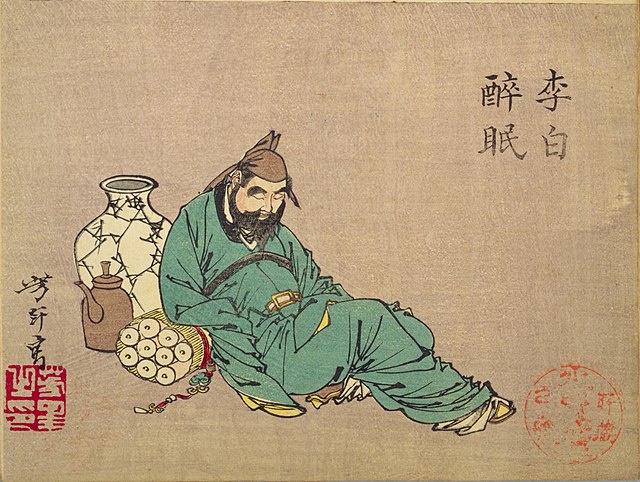
Li Bai in drunken repose. Art by Tsukioka Yoshitoshi (1839-1892), the last of the Japanese woodblock print masters. Image via Wikimedia
Not Your Grandpa’s Baijiu
The colorful history of baijiu has failed to preserve its relevance among China’s young adults. Baijiu has always been a staple of Chinese dining, and the spirit is said to pair best with the regional cuisine of its place of origin.
One would be remiss not to serve baijiu at a wedding, and restaurants are sure to have at least a few brands on hand. However, one place in Chinese society where baijiu is notably absent is in the club.
Nightclubs are very much a Western import to China, having emerged around the foreign concessions in the early 20th century – a time when Shanghai was referred to as the ‘Paris of the East.’
We asked Alexandre Lacroix to share some insight from his many years in the Guangzhou nightclub scene. Lacroix is the CEO of IALVA, which now specializes in brand consultation and promotion, but was once Guangzhou’s largest ‘filler’ agency (filling clubs with guests by giving away drinks).
“Having foreign alcohol is much fancier and [clubs] can put a high price on it”
He told That’s that he has rarely seen baijiu in nightclubs. Instead, whiskey, vodka and sparkling wine are the most sought-after libations in Chinese clubs.
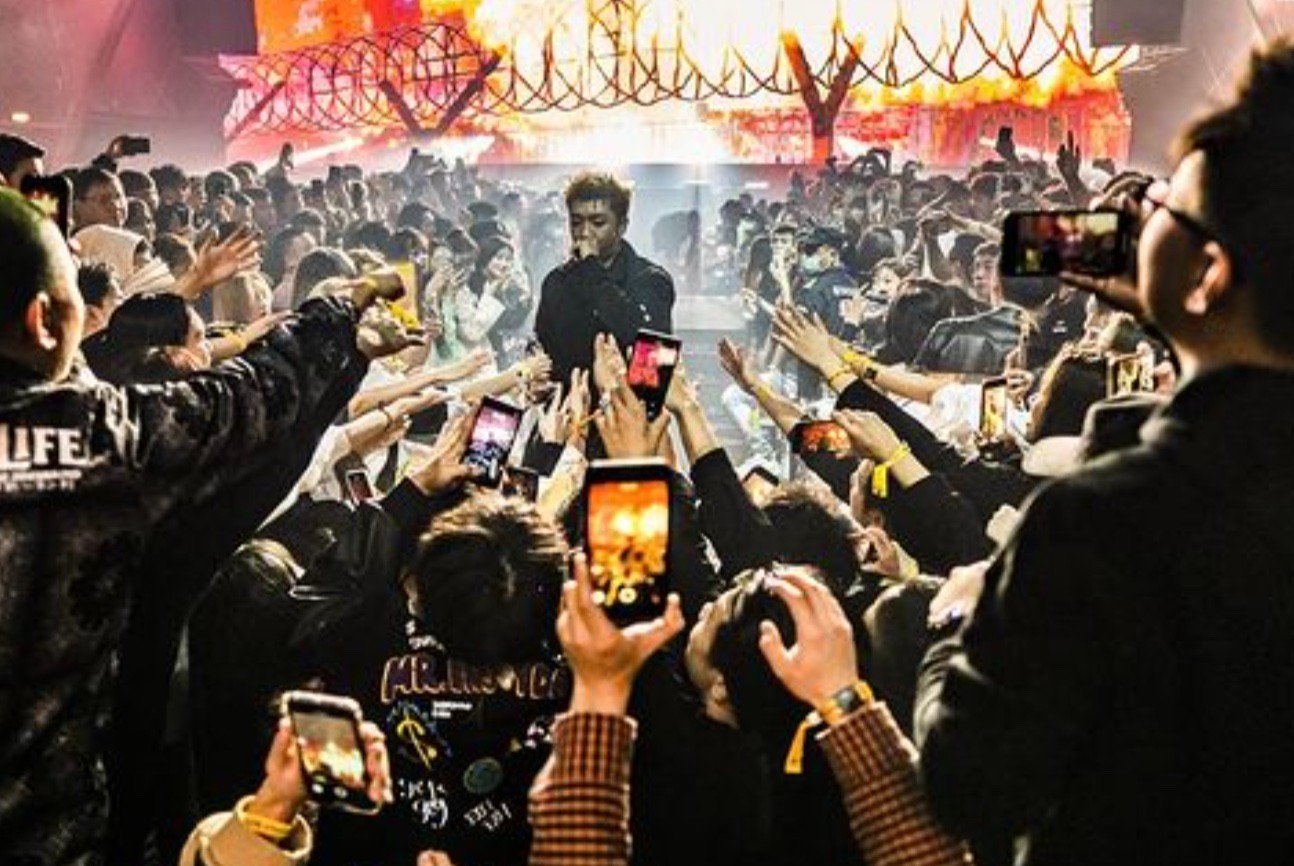
Chinese rap star KeyNG performing at Space Nanjing, October 30, 2020. Image via @spaceplus_china/Instagram
Lacroix makes the argument that baijiu doesn’t fit the clubbing mold because it’s either too expensive or too cheap for clubgoers. He adds that “having foreign alcohol is much fancier and [clubs] can put a high price on it.”
According to an article published by Spirits Selection Concours Mondial de Bruxelles, China imported USD4 billion worth of spirits in 2018. French brandy dominated, including high-priced cognac and Armagnac, and amounted to nearly half of the 83 million liters of liquor that flowed over the border.
Meanwhile, millennials are spending and drinking the most when it comes to alcohol in China, and baijiu brands are tweaking traditional recipes to attract the younger crowd. As many baijiu brands push the 50% ABV threshold, less potent baijiu and fruit infusions are tactics currently being put to the test.
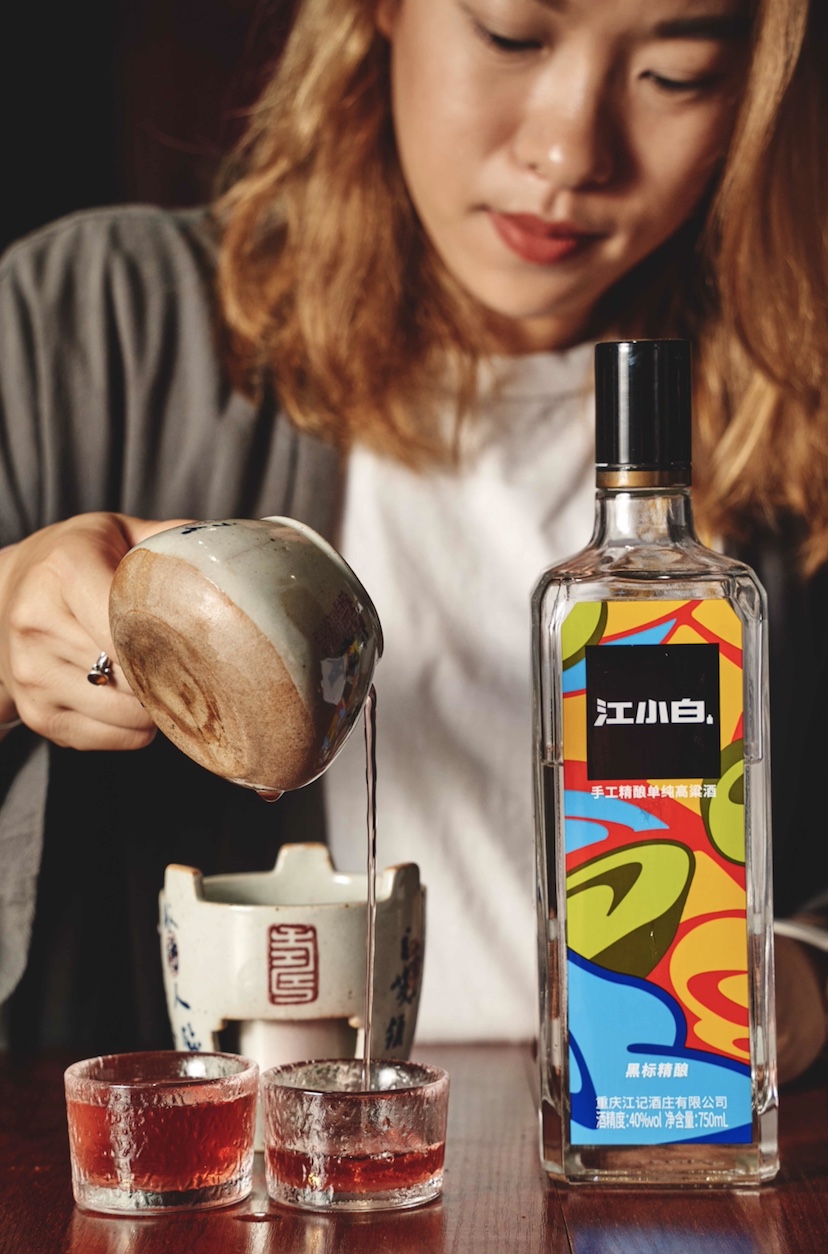
Jackwing Yao mixing up some magic with Jiangxiaobai. Image via Sanyou
Jiangxiaobai, headquartered in Chongqing, has been targeting the lower age bracket for years with considerable success – the company was valued at USD1.6 billion at the end of summer 2020.
Easily recognizable by its anime-boy logo, the brand has carefully cultivated a ‘youthful’ image by hosting dance and graffiti competitions as well as the YOLO music festival from 2016 to 2018. They have collaborated with Japanese candy-coated breadstick brand Pocky to make a baijiu-flavored confection and work with other brands to increase exposure.
As for the big-time baijiu distillers like Moutai, they’re starting to invest in the younger generations.
Tang Yifan, Manager of Promotions for Kweichow Moutai in Guangzhou, directed us to a hip music video that Moutai released just before the Spring Festival titled ‘Oh, It’s Moutai.’
The video features three young non-Chinese nationals dancing around the streets of Moutai town in Guizhou, rapping about their love of Chinese liquor.
“The way for baijiu to open up to young people and foreign markets is to make culture the output,” Tang tells us. She believes combining elements of popular culture, like hip hop, will make the brand itself more appealing. Jiangxiaobai also sponsored a music video with Chinese rap pioneer GAI back in 2018. Watch ‘The Flow of Jiang Hu’ music video below (VPN off):
This is a place for show life about china, If these articles help you life better in china, Welcome to share this website to your friends, Or you can post questions about china life in FAQ, We will help you to find the right answer.

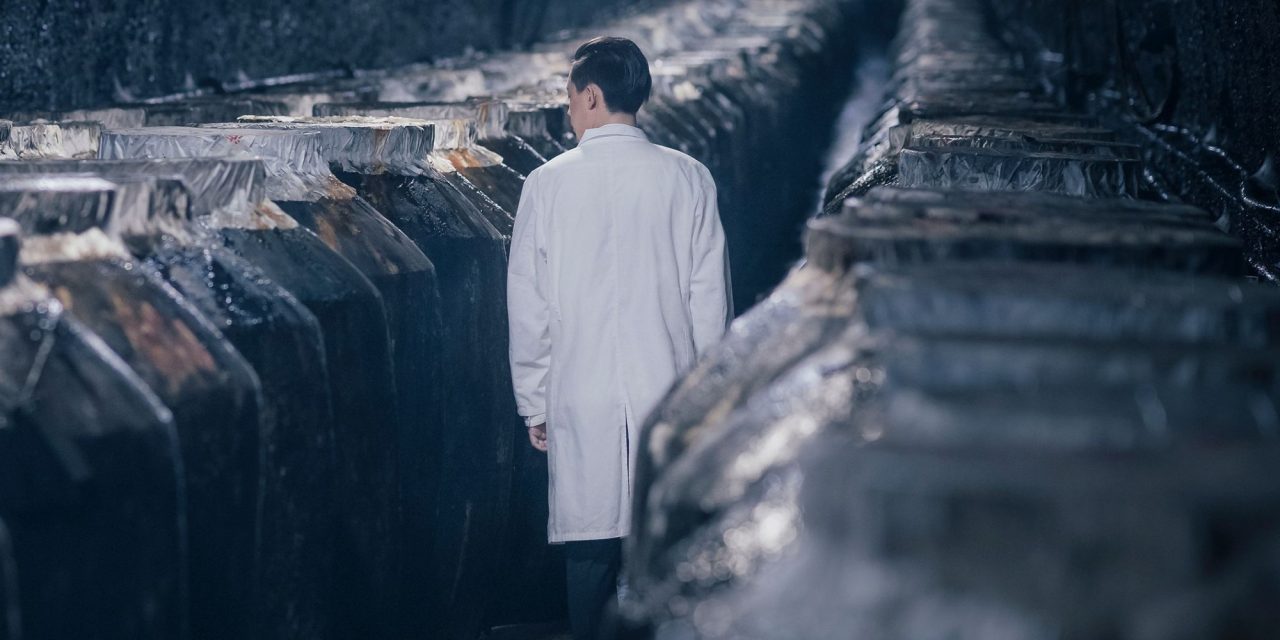
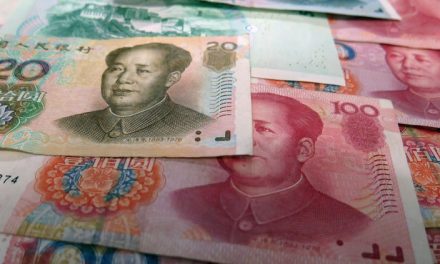
![[The List]: Four Art Shows To See During The CNY Holidays](https://www.life-china.cn/wp-content/uploads/2024/02/30cd-5193-4b3a-a828-704e9f4dfa1d.jpg.680.0-440x264.jpg)

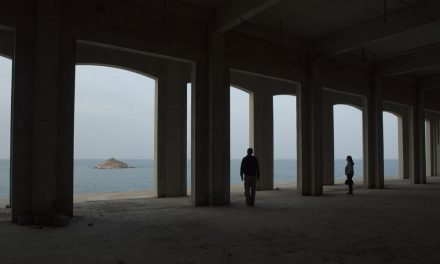
Recent Comments